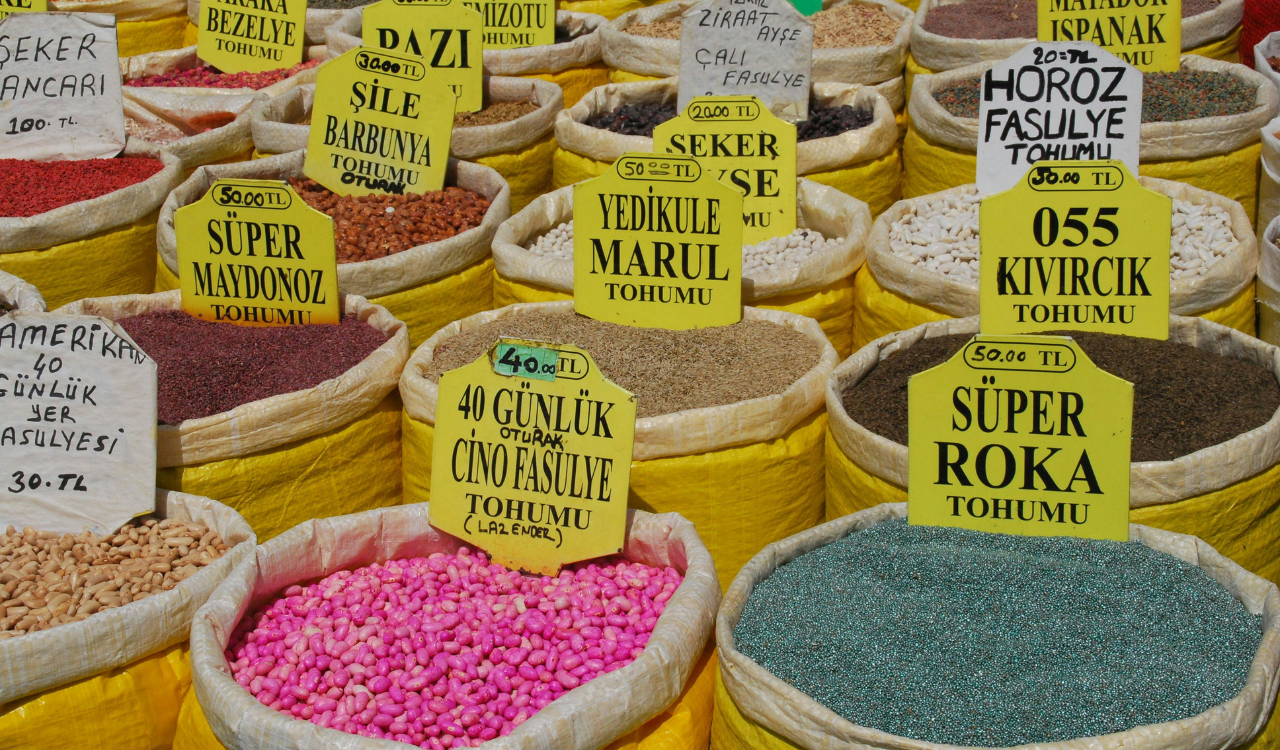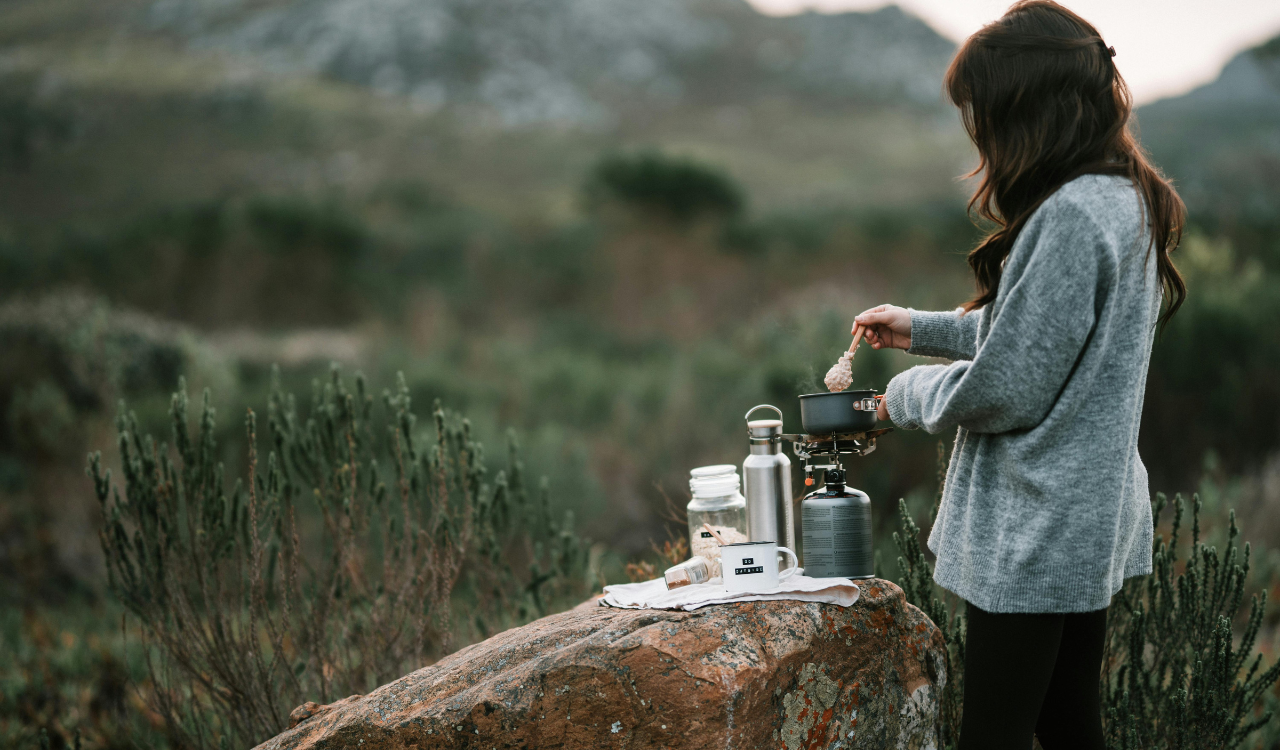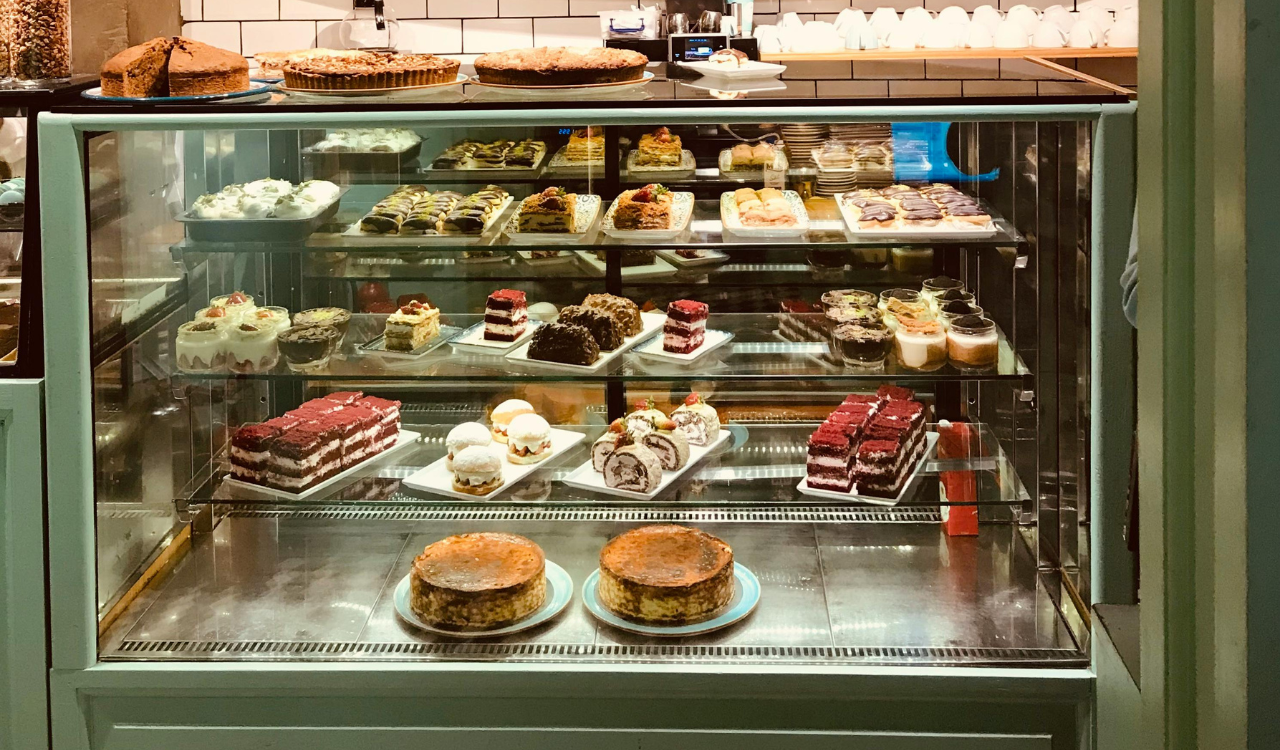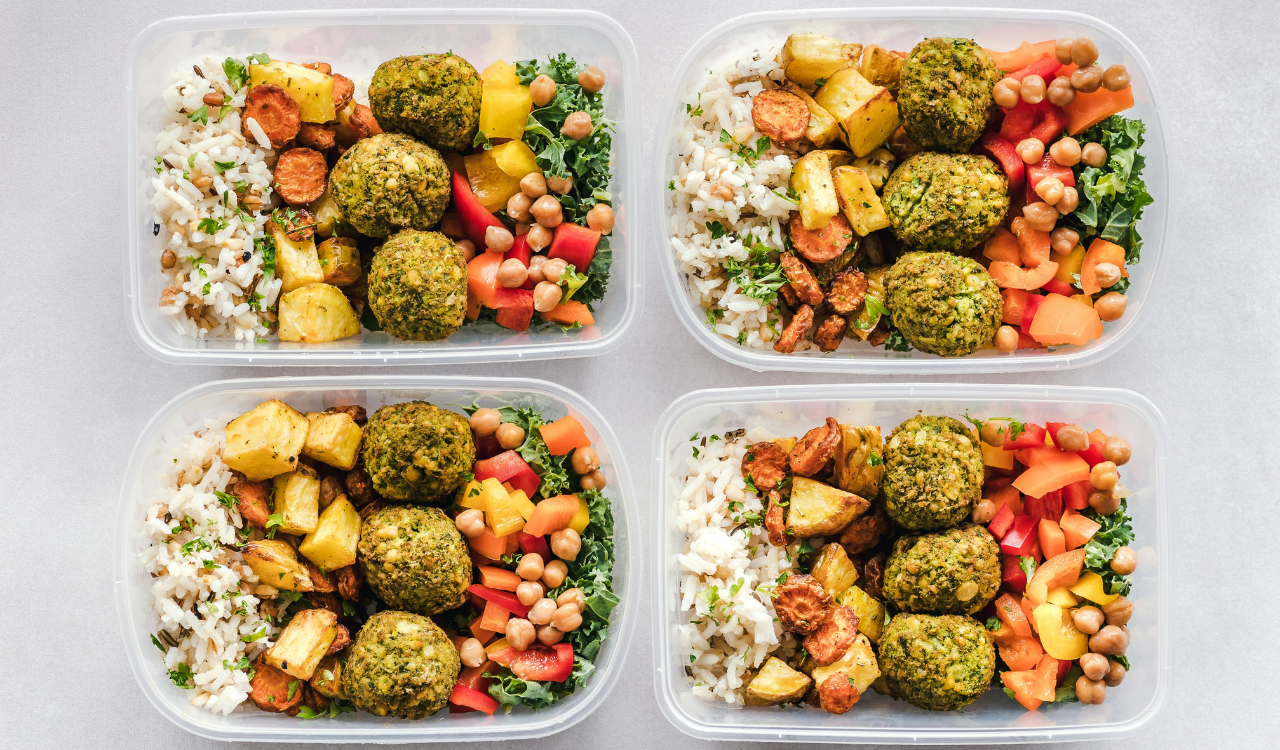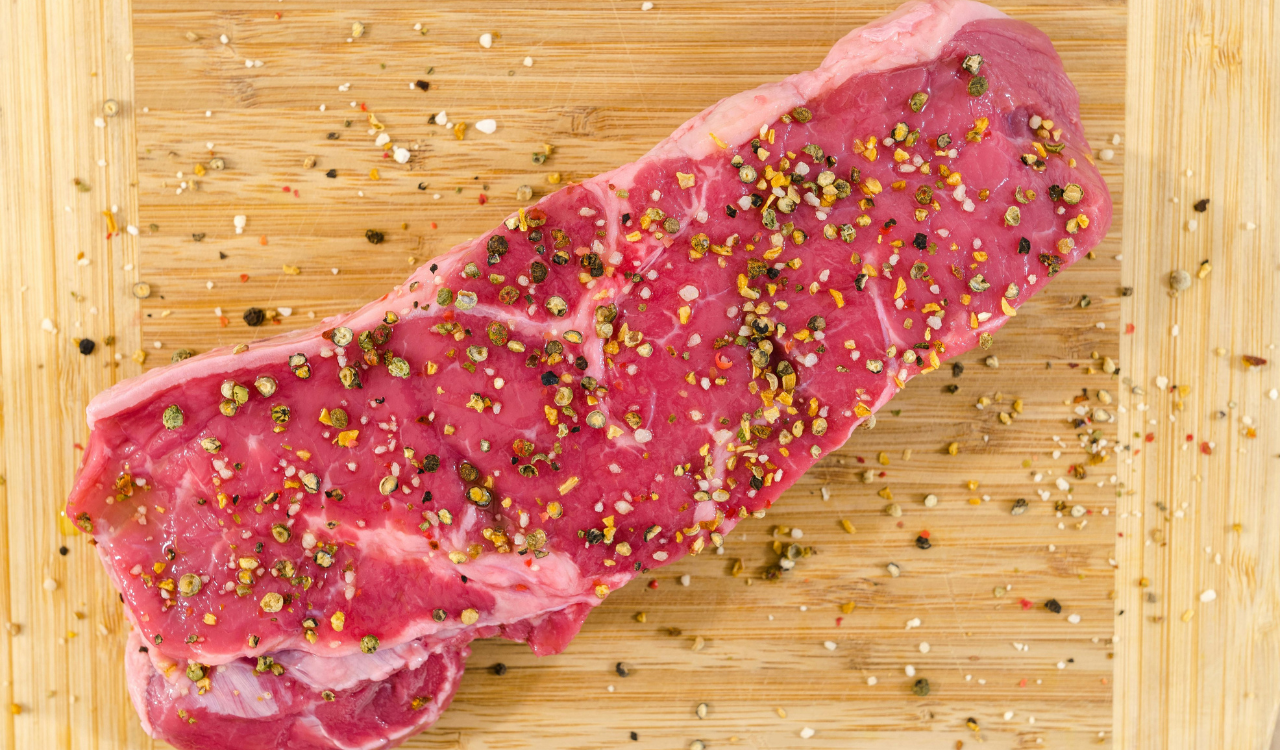13 Everyday Foods JFK Reached For Again And Again
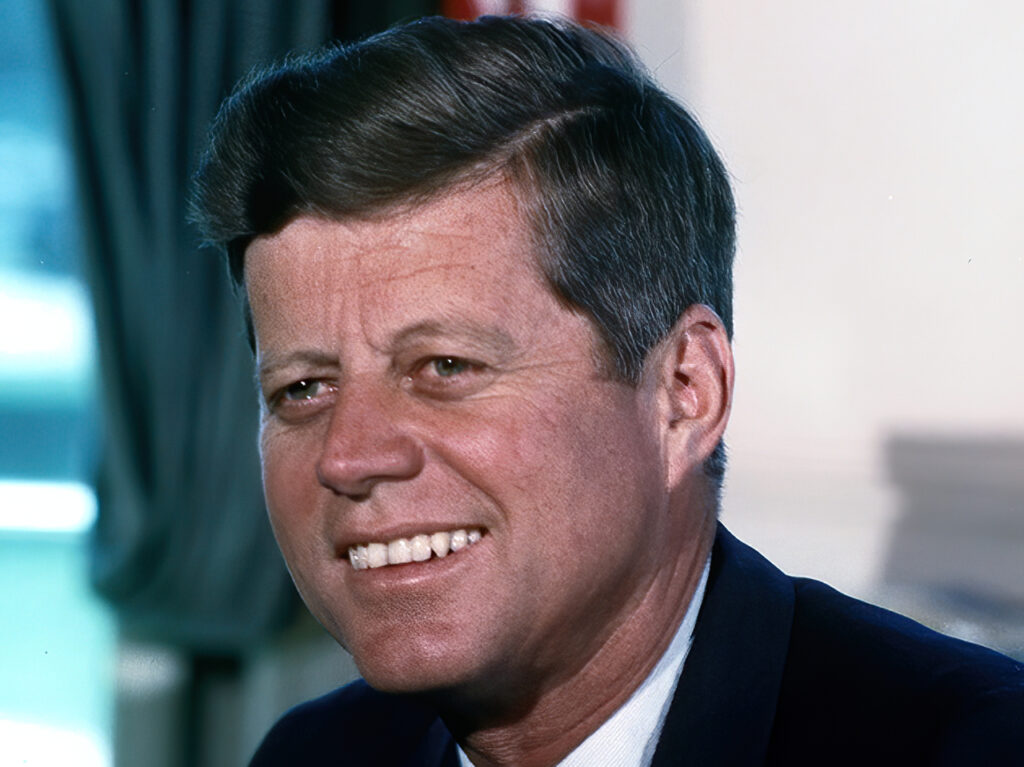
John F. Kennedy’s meals reflected more than just personal taste; they told the story of a man shaped by family tradition, health consciousness, and a fondness for simplicity done well. Whether it was a perfectly poached egg at breakfast or a comforting bowl of New England chowder, JFK’s food choices leaned toward familiar, well-prepared dishes over formality or excess. He ate like someone who valued quality and ritual, not extravagance. These are the foods that found their way onto his plate again and again, at home and in the White House alike.
1. Waffles
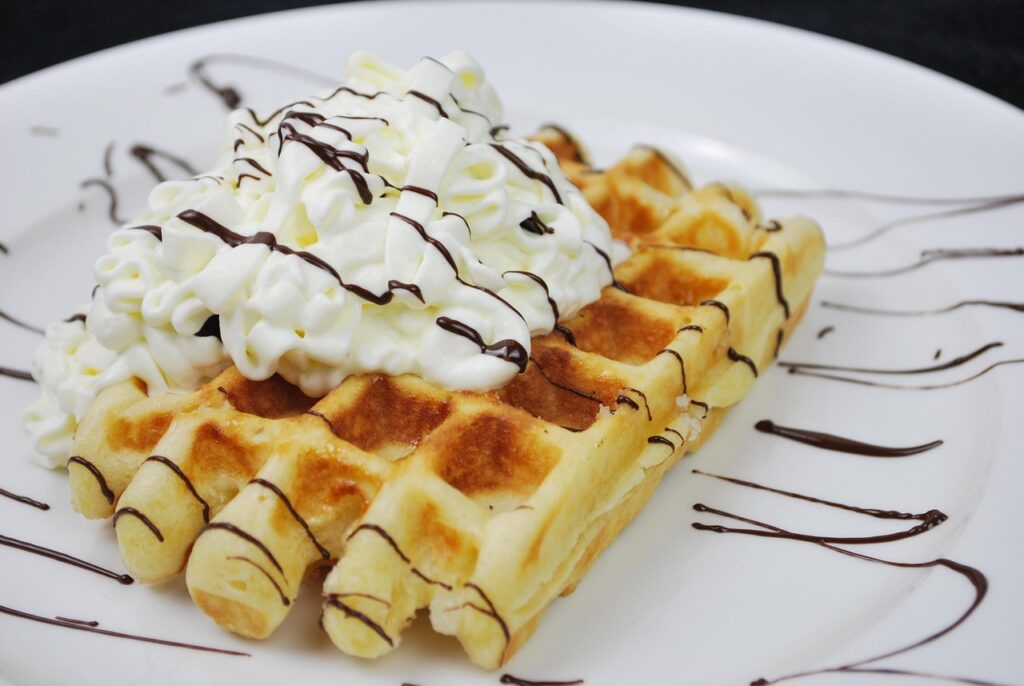
Here’s the thing about waffles: they read like a ritual breakfast, not just a quick bite. JFK favored waffles because they were simple, homey, and could be made from a trusted family recipe that balanced crisp edges with a tender, eggy interior. A good waffle for a weekend or a state morning is about batter temperature and iron heat. Let the batter rest so the flour hydrates and air bubbles relax, preheat the iron until it steams off clean, and don’t overwork the batter. Serve hot with butter and a lightly sweet syrup or fresh fruit to cut the richness. The point is comfort and consistency: a waffle done properly delivers texture, flavor, and a little domestic calm before the day’s work.
2. Soft-Boiled or Poached Eggs on Toast
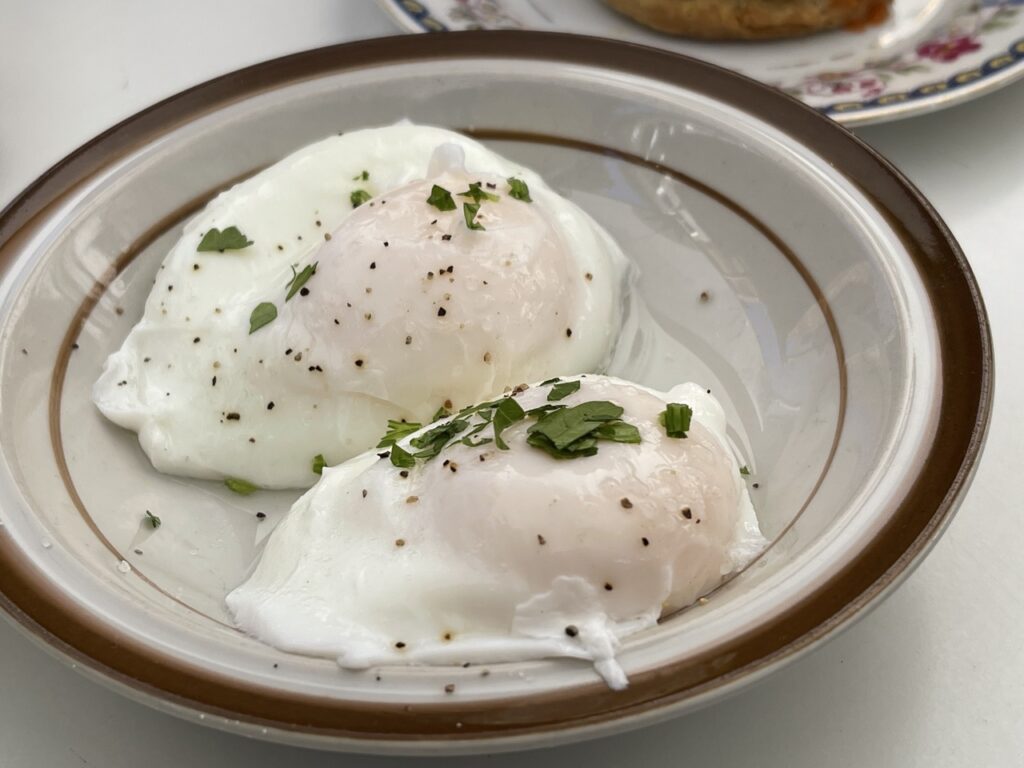
Eggs prepared gently show technique more than fuss. JFK often chose soft-boiled or poached eggs on toast because they combine protein, minimal seasoning, and an elegant mouthfeel. The key to a perfect soft egg is time and water control. For soft-boiled, try six minutes in simmering water, then shock in ice to stop cooking, which gives a set white and a runny yolk. For poached eggs, use barely simmering water with a splash of vinegar and a gentle whirl to gather the white. Toast should be sturdy enough to support the yolk but tender enough to soak up its richness. It is a breakfast that tastes simple because it is executed with care.
3. Orange Juice
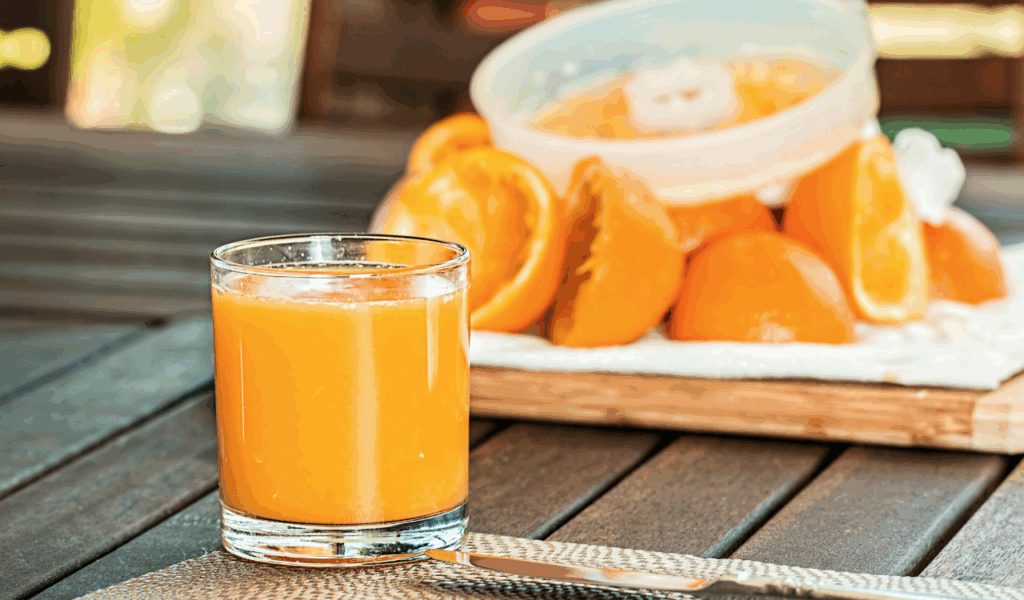
Fresh orange juice is basic but telling. JFK favored it because fresh-squeezed juice has brightness and an immediate vitamin lift that bottled versions cannot match. For the best home-grown glass, use ripe, heavy oranges and squeeze just before serving so the aromatics are alive. Chill the fruit before juicing to limit foam and serve over a small amount of ice if you like dilution with control. A quick strain removes big pulp while keeping flavor. Fresh juice pairs especially well with richer breakfast items because the acid and sugar provide a clean, citrus counterpoint to butter and eggs.
4. Broiled Bacon
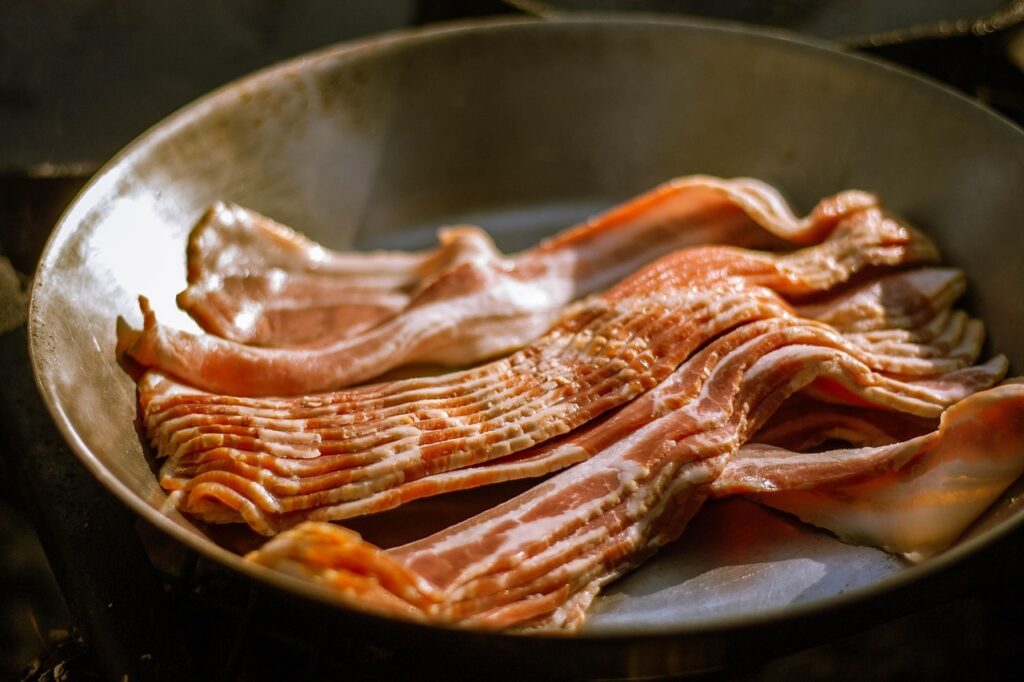
Broiling bacon changes the game compared with pan frying because it renders fat effectively while crisping without constant flipping. JFK preferred broiled bacon for its cleaner profile and hands-off finish. To broil bacon at home, arrange strips on a wire rack over a rimmed sheet to keep them out of their fat; place the pan a few inches from the heat source so the edges crisp while the interior fat renders. Watch closely because broiling moves fast. Broiled bacon crisps evenly and drains better, which makes it less greasy and more suitable for serving alongside delicate items like eggs and toast.
5. New England Fish or Clam Chowder
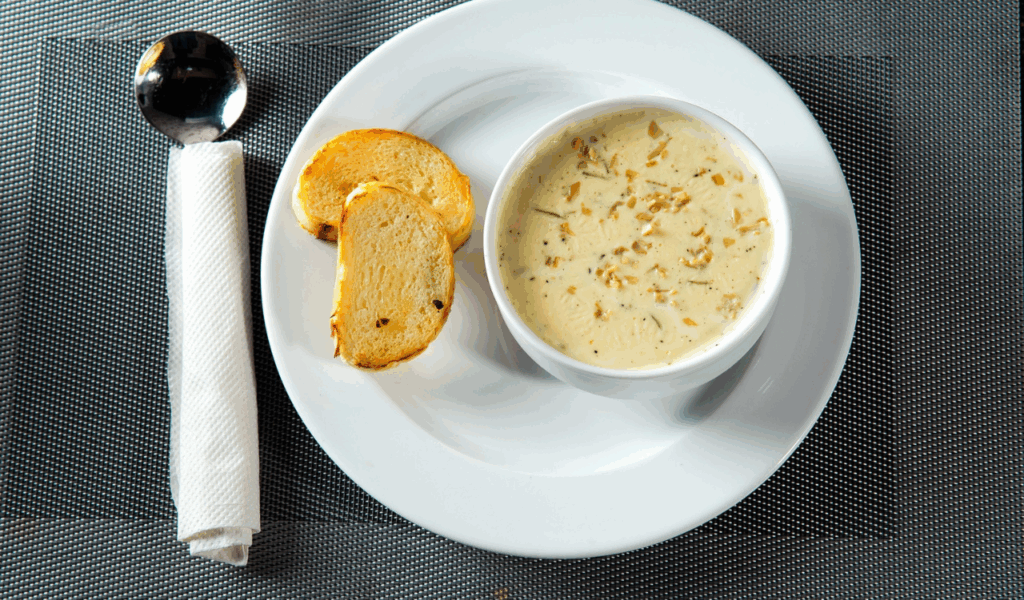
Clam chowder is a regional comfort food that resonates with New England roots. The best chowder starts with clean, briny clams or a well-made clam juice and uses a restrained cream base that supports rather than masks the shellfish. Cooked potatoes add body, and a soffrito of onion or celery provides aromatic lift. Avoid over thickening with heavy roux; instead, reduce gently so flavors concentrate. Serve with oyster crackers or a buttered roll and a small acid, like chopped parsley or a dash of lemon to brighten. A considered chowder tastes of sea and season, not just cream.
6. Oysters and Shellfish
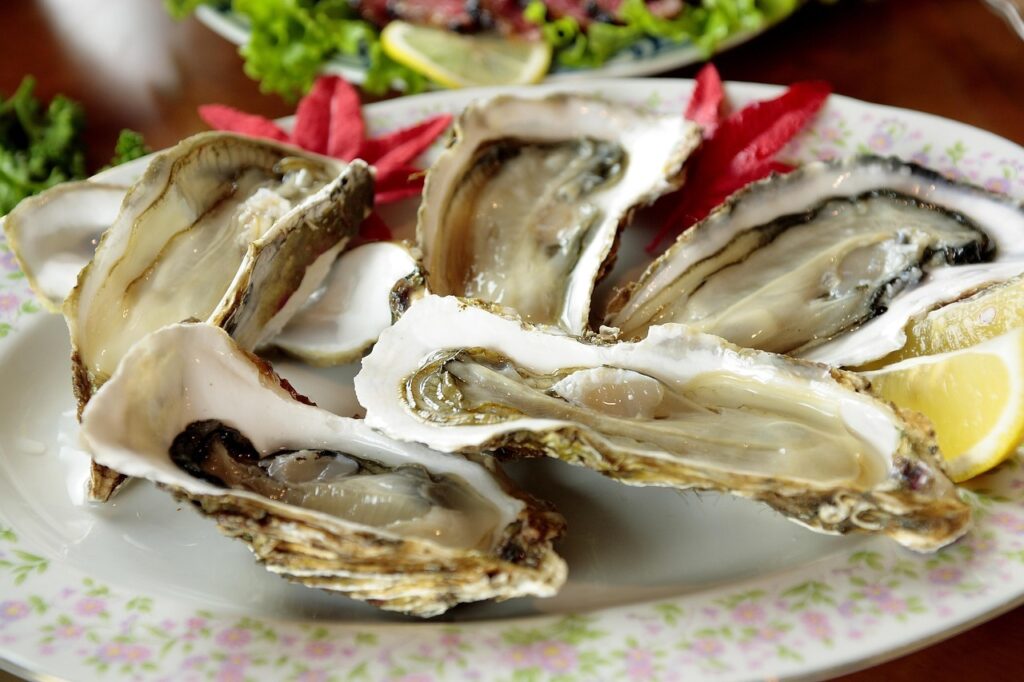
Oysters are about freshness and provenance as much as they are about brine. JFK enjoyed oysters because they are immediate, bracing, and elegant in small courses. When serving oysters at home, keep them cold on a bed of crushed ice and open them just before eating so the liquor remains intact. Minimal accoutrements are best: lemon, a classic mignonette, or a shave of horseradish. For cooked shellfish like shrimp or clams, simple steaming with aromatics preserves texture and sweetness. Shellfish tells you about a kitchen’s sourcing priorities, since good product needs little manipulation to shine.
7. Beef Soup
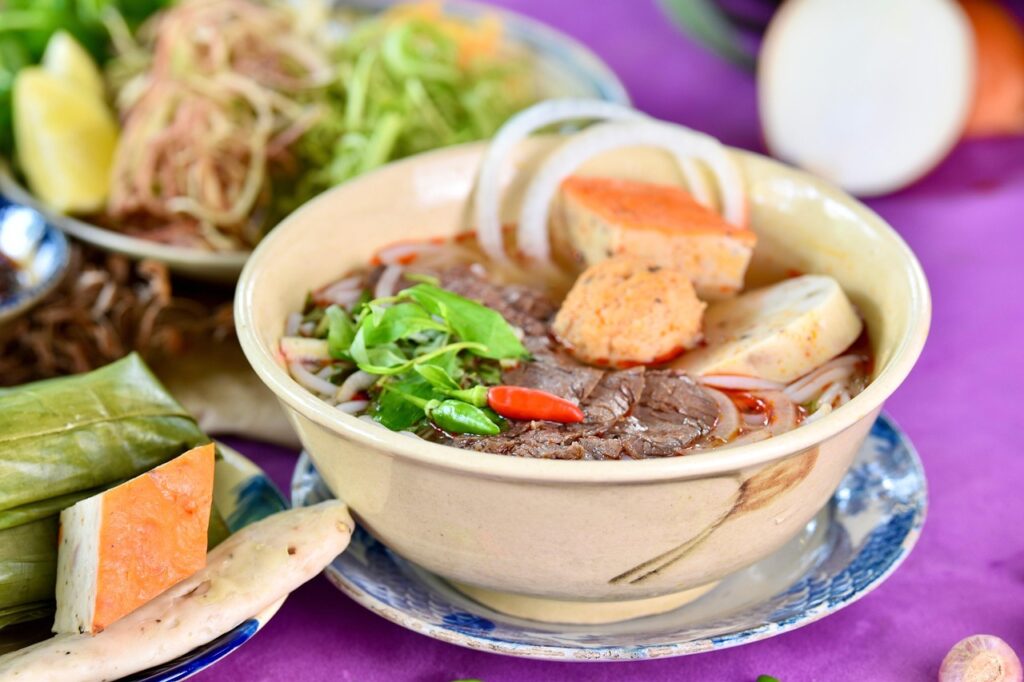
A well made beef soup is a study in extraction and balance, and it appeals because it is both restorative and unfussy. JFK’s preference for beef soup points to brothy comfort that is built from bones, a mirepoix, and low simmering to extract gelatin and flavor. Strain for a clear, flavorful broth, then add bite-sized vegetables or small pasta shapes to make it mealworthy. Seasoning should be judicious so the beef’s richness comes through, with finishing herbs like parsley for freshness. Beef soup is economical, too, because it transforms inexpensive bones into something sophisticated when time and heat are applied correctly.
8. Roast Beef with Potatoes or Vegetables

Roast beef is a centerpiece that rewards patience and temperature control. A roast done to medium rare with a seasoned crust and a rested interior keeps juices where they belong. JFK’s repeated choice of roast beef speaks to straightforward protein, simple seasoning, and the companionability of roasted potatoes or seasonal vegetables. Use high initial heat to build a crust, then lower the oven to finish gently. Rest long enough to redistribute juices and slice against the grain for tenderness. The result is a meal built on meat quality and classical technique rather than heavy sauces.
9. Baked Beans (Boston Style)

Baked beans are a dish of slow, steady transformation. Boston-style beans traditionally use molasses or brown sugar, salt pork or bacon, and slow oven time to develop a sweet, savory, and slightly sticky sauce. The trick at home is low, slow heat and layering flavors instead of rushing with too much sugar. Beans absorb the sweet and smoky notes over hours, which is why they pair so naturally with barbecue items or roasted beef. They are modest, hearty, and deeply economical, which explains why they were a reliable comfort food on many American tables.
10. Lobster

Lobster is regionally iconic and a showcase ingredient, and JFK’s New England background made it a natural favorite. The best lobster experience is about freshness and simple treatment: steaming or boiling just long enough to cook through, then serving with melted butter and a squeeze of lemon. Overcooking turns meat rubbery, so timing based on weight matters. For cold dishes such as lobster salad, lightly poach the meat and chill quickly to preserve succulence. Lobster reads as a celebration without complicating flavors, and its presence on a menu often signals access to top regional product.
11. Grilled Cheese Sandwich

Grilled cheese is comfort and nostalgia matched with technique. JFK appreciated versions that were more than bread and cheese: choose good melting cheese and a sturdy bread that toasts evenly. Butter the bread liberally, cook on medium heat to develop even browning without burning, and press gently so the cheese melts uniformly. For a better sandwich, add a thin layer of mustard or a touch of tomato for acidity. A grilled cheese is the kind of simple, reliable food that rewards small upgrades and consistency in execution, which is why it remains a fallback favorite.
12. Ice Cream
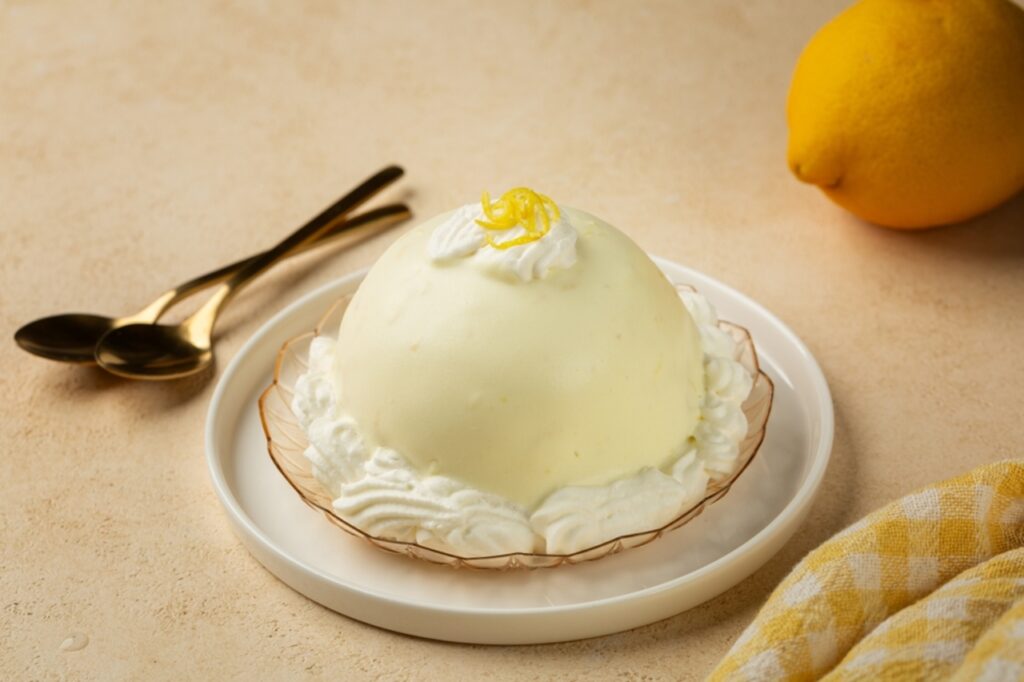
Ice cream is the everyday dessert that reads both casual and indulgent, and JFK enjoyed it as a familiar finish to meals. The quality difference comes from butterfat level, churn technique, and flavor balance. For home scooping, keep ice cream at a slightly softened temperature so flavors bloom on the tongue, and serve in chilled bowls to preserve texture. Vanilla or chocolate can be elevated with a sprinkle of sea salt or a drizzle of warm sauce. Ice cream is forgiving and immediate, making it an ideal way to end a meal without ceremony, while still offering a satisfying sensory conclusion.
13. Chocolate Cake

Chocolate cake is a classic celebration dessert that also works as a weekday treat. JFK’s fondness for chocolate cake speaks to the simple pleasures of a well made layer or loaf cake with balanced cocoa, tender crumb, and a frosting that complements rather than overwhelms. For home bakers, use good cocoa, do not overmix the batter, and ensure accurate oven temperature to keep the cake moist. A scoop of ice cream or a dusting of powdered sugar finishes it well. Chocolate cake succeeds when proportion and texture are respected, turning an ordinary slice into a memorable bite.
